Synchronicity by The Police
Buy Synchronicity The Police saved the best for last with 1983’s Synchronicity, ending their short five year and five album recording career with their masterpiece. And although the album was once again co-produced […]

Buy Synchronicity The Police saved the best for last with 1983’s Synchronicity, ending their short five year and five album recording career with their masterpiece. And although the album was once again co-produced […]
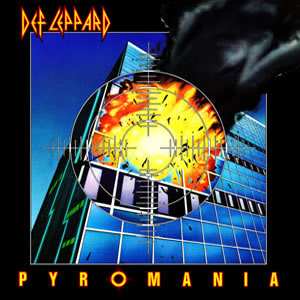
Buy Pyromania Def Leppard struck gold (well, actually diamond) with their third LP Pyromania. The album was a phenomenal success, eventually selling over ten million copies in the U.S. and being certified “diamond” […]
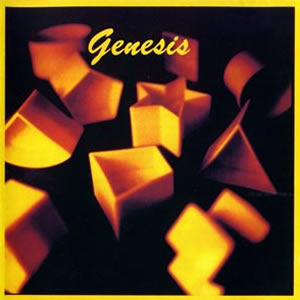
Buy Genesis Although it is titled like an eponymous debut, Genesis was actually the twelfth studio album by Genesis. The group decided to name it such because it is the first album on […]
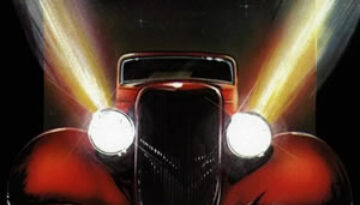
Buy Eliminator Since their inception in 1969, ZZ Top had a strong and successful career with decent album sales and scattered radio hits through the 1970s and into the early 1980s. With their […]
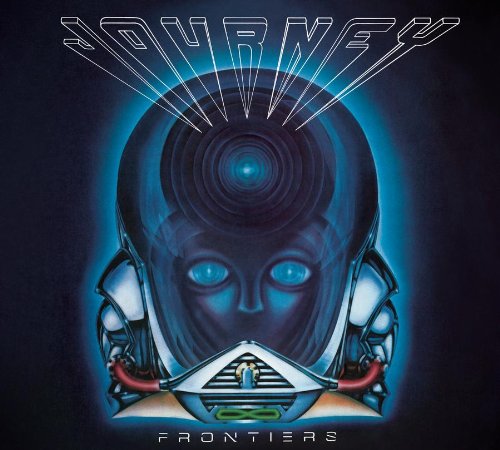
buy Frontiers Although not quite the commercial blockbuster of their previous album Escape, Journey‘s 1983 album Frontiers was a very close second commercially. The album reached #2 on the US charts, would garner […]
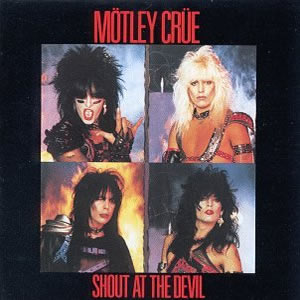
Buy Shout at the Devil Shout at the Devil is the point where Mötley Crüe‘s musical range widened and the perfect template for “hair metal” was forged for the coming years. Coming nearly […]
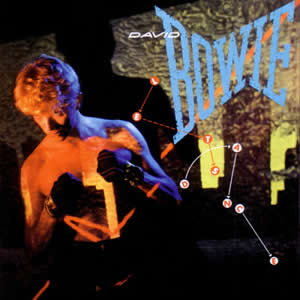
Buy Let’s Dance An artist who seemed to constantly reinvent himself, David Bowie created a stylized and soulful new-wave album with a romantic signature on the 1983 album Let’s Dance. It was Bowie’s […]
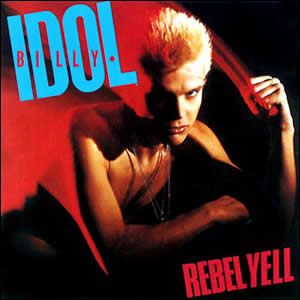
Buy Rebel Yell Rebel Yell is the second studio album by Billy Idol, released during the height of his popularity in late 1983. Four charting hits were spawned from this album, which reached […]